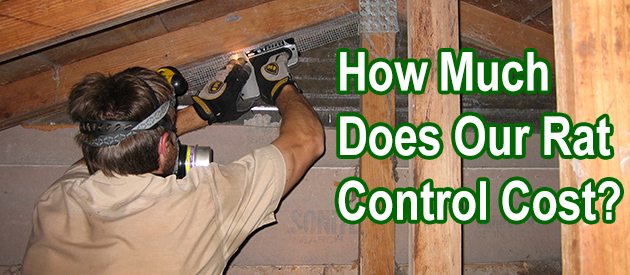Fayette County, Lexington Rat Control Situation:
I live in a suburban area in a development and have never had a rat issue in 30 years until recently. A few months ago we noticed two things which had not previously occurred trash was been thrown around the back yard from trash cans as well as holes in the ground. (near the house) We have a large cat that goes outside as well as two basically indoor dogs. Finally about a week ago my wife saw a tail of a small animal that she could not identify. I borrowed a cage trap from a friend and the first two nights they were set the bait was taken but we did not catch anything finally on the third night we caught two rats in the one trap. Set two cages last night, bait was taken but no rats caught. I had filled in about 5 holes that were near my house with dirt yesterday and this morning one of the holes was open....I am getting all kinds of amateur advice(soak toilet tissue with gasoline place it in hole and cover it etc...) don't know what the hell to do. I do not believe the rats have gotten into the house (we have a crawl space). Have two daughters and mother in law with me.... Need any guidance you can provide.
Lexington Rat Control Tip of The Week
Animals that rats kill
The fact that rats pose several health risks and safety hazards makes them one of the most detested pests in many households. These rodents cause a whole lot of nuisance by disrupting the peace of your home with their scurrying and scratchy sounds when allowed to multiply and breed in your house. These reasons usually prompt many homeowners to look for the best possible way to get rid of them.
While trying to get rid of them, you need to also understand the fact that these rodents are capable of killing other animals. You might be wondering how an animal of this size can kill other animals. The fact is that rats are very aggressive animals with special skills when it comes to attacking their prey.
Although, the chances of this happening depend on many factors. For instance, rats will only kill or attempt to kill other animals when they are starving or they want to take over an area initially occupied by other rodents.
The most common animals that rats do attack and kill is mice. These two rodents share the same ecological niche; hence they often interact with each other. In the process of relating with one another, the scavenging instinct of rats might set in, prompting them to hunt and kill mice.
Asides from mice, rats also come in contact with and may kill cats and dogs. Cases like this occur once in a while and to only cats and dogs that are small in size or already suffering from preexisting illnesses.
Having shared this, if you are keeping a cat or dog as a pet in your house, chances are that the rats in your home will kill your pets when they have the opportunity to. Since rats are omnivorous, there are no limits to what they can feed on.


